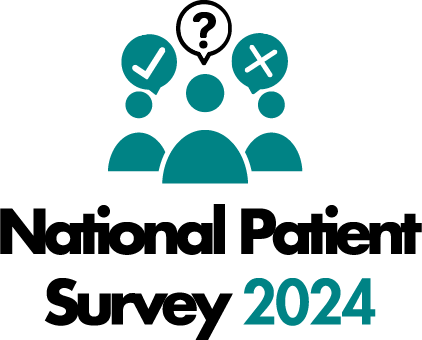 Our National Patient Survey 2024 report is now live. Thank you to all those that shared their experiences. Read our report here.
Our National Patient Survey 2024 report is now live. Thank you to all those that shared their experiences. Read our report here.Medical sex selection in addition to Breast Ovarian Cancer Familial Susceptibility (BRCA2 and BRCA1)
Medical sex selection in addition to Breast Ovarian Cancer Familial Susceptibility (BRCA2 and BRCA1)
OMIM number: 113705, 600185
Comments closing date: 14/04/2025
The BRCA1 and BRCA2 genes are important for
repairing DNA damage called double stranded
breaks. If a person inherits a mutation (also called
a pathogenic variant) in one copy of the gene, they
are more likely to develop specific cancers over
their lifetime. This is influenced heavily by their
biological sex. Women (or people with typically
female breasts, ovaries, and fallopian tubes) are
more likely to develop breast and ovarian/fallopian
tube cancer. Men (or people with typically male
breasts and prostates) with BRCA1 mutations are
not thought to have a significantly increased risk of
cancer. However, men with BRCA2 mutations are
thought to have an increased risk of male breast
cancer and prostate cancer. Both sexes might
have a small increased risk for pancreatic cancer
(possibly 1% additional lifetime risk). Cancer
screening is available to people with an increased
risk of female breast cancer and prostate cancer.
Unfortunately, screening is not reliable for
ovarian/fallopian tube cancer or male breast cancer.
There is no cure for this condition, but risk reducing
surgery can reduce the lifetime risk.
Chemoprevention for breast cancer and BRCA2
mutations can reduce this risk as well. If a cancer
develops, knowledge of the BRCA1/2 mutation
can have treatment implications as certain
pharmaceuticals can be more effective. This
application is querying whether approaches to
PGT-M should be impacted by the sex
chromosomes of an embryo, as some families
might be more willing to transfer an embryo with a
BRCA1 or BRCA2 mutation which is male. Other
families might find BRCA1 males acceptable, but
not BRCA2 male embryos.
Review date: 17 March 2027

